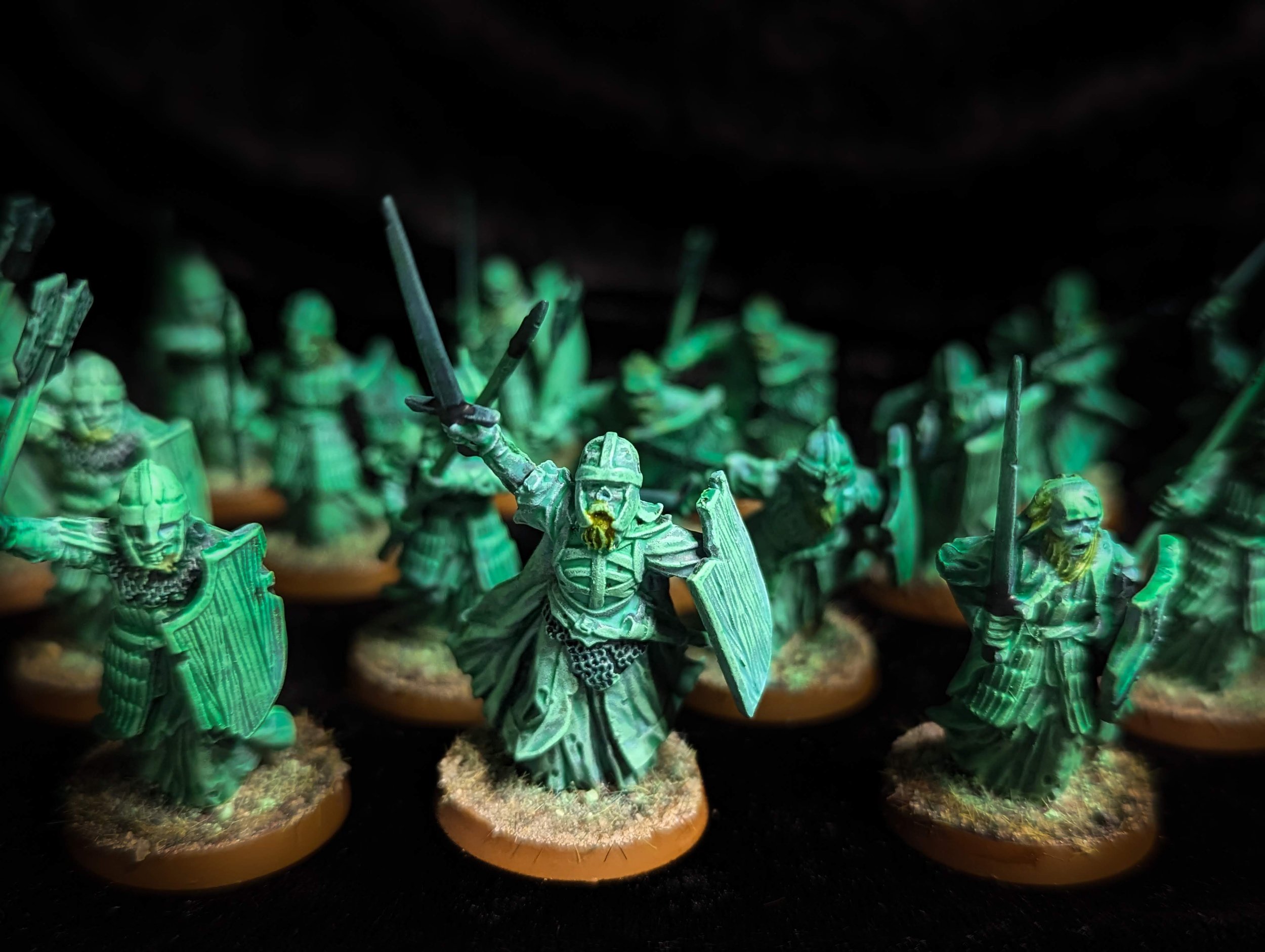In which I perfect a macro for listing document details in LaTeX.
The Problem
I've been using $latex LaTeX$ to typeset my MRI Glossary (see previous PhD post). I really wanted an Appendix which listed system info and $latex LaTeX$ version.*
*Wordpress.com supports native $latex LaTeX$ - which is awesome
Solution
After much googling I couldn't figure out how to do this so I asked the kind folks at tex.stackexchange.com and Heiko Oberdiek & Ivan Griffin responded with two macros which I've now combined as follows†:
usepackage{hologo}
usepackage{ifluatex}
usepackage{ifxetex}
usepackage{ifvtex}
makeatletter
newcommand{ShowOsVersion}{%
immediatewrite18{systeminfo | findstr /B /C:"OS Version" > OSv.tex}%
input{OSv}immediatewrite18{rm OSv.tex}%
}
newcommand{ShowOsName}{%
immediatewrite18{systeminfo | findstr /B /C:"OS Name"> OSn.tex}%
input{OSn}immediatewrite18{rm OSn.tex}%
}
newcommand*{InfoLaTeX}{%
hologo{fmtname} textlessfmtversiontextgreater
}
newcommand*{InfoTeX}{%
ifxetex
hologo{XeTeX}-%
theXeTeXversionXeTeXrevision
else
ifluatex
hologo{LuaTeX}-%
begingroup
count@=luatexversion
dividecount@ by 100 %
edefx{thecount@}%
count@=-xrelax
multiplycount@ by 100 %
advancecount@ by luatexversion
x.thecount@.luatexrevision
endgroup
else
@ifundefined{pdftexversion}{%
ifvtex
hologo{VTeX}%
@ifundefined{VTeXversion}{%
}{%
begingroup
count@VTeXversion
dividecount@ 100 %
space vthecount@
multiplycount@ -100 %
advancecount@VTeXversion
.two@digitscount@
endgroup
}%
else
hologo{TeX}%
fi
}{%
hologo{pdfTeX}-%
ifnumpdftexversion thepdftexversion.pdftexrevision
else
ifnumpdftexversion expandafter@carthepdftexversion@empty@nil.%
expandafter@cdrthepdftexversion@empty@nil
pdftexrevision
else
expandafter@carthepdftexversion@empty@nil.%
expandafter@cdrthepdftexversion@empty@nil.%
pdftexrevision
fi
fi
}%
fi
fi
}
I then call this at the end of my document with:
appendix
chapter{Document Details}
Compiled by: InfoTeX
hologo{LaTeX} version: InfoLaTeX
ShowOsName
ShowOsVersion
end{document}
This produces the following output:
Compiled by: pdf $latex TeX$-1.40.13
$latex LaTeX$ version: $latex LaTeX$2e
OS Name: Microsoft Windows 7 Professional
OS Version: 6.1.7601 Service Pack 1 Build 7601
†This requires you to use the -shell-escape option when compiling
Tom Out!
P.S. http://tex.stackexchange.com/questions/78334/print-system-information-in-latex-doc












